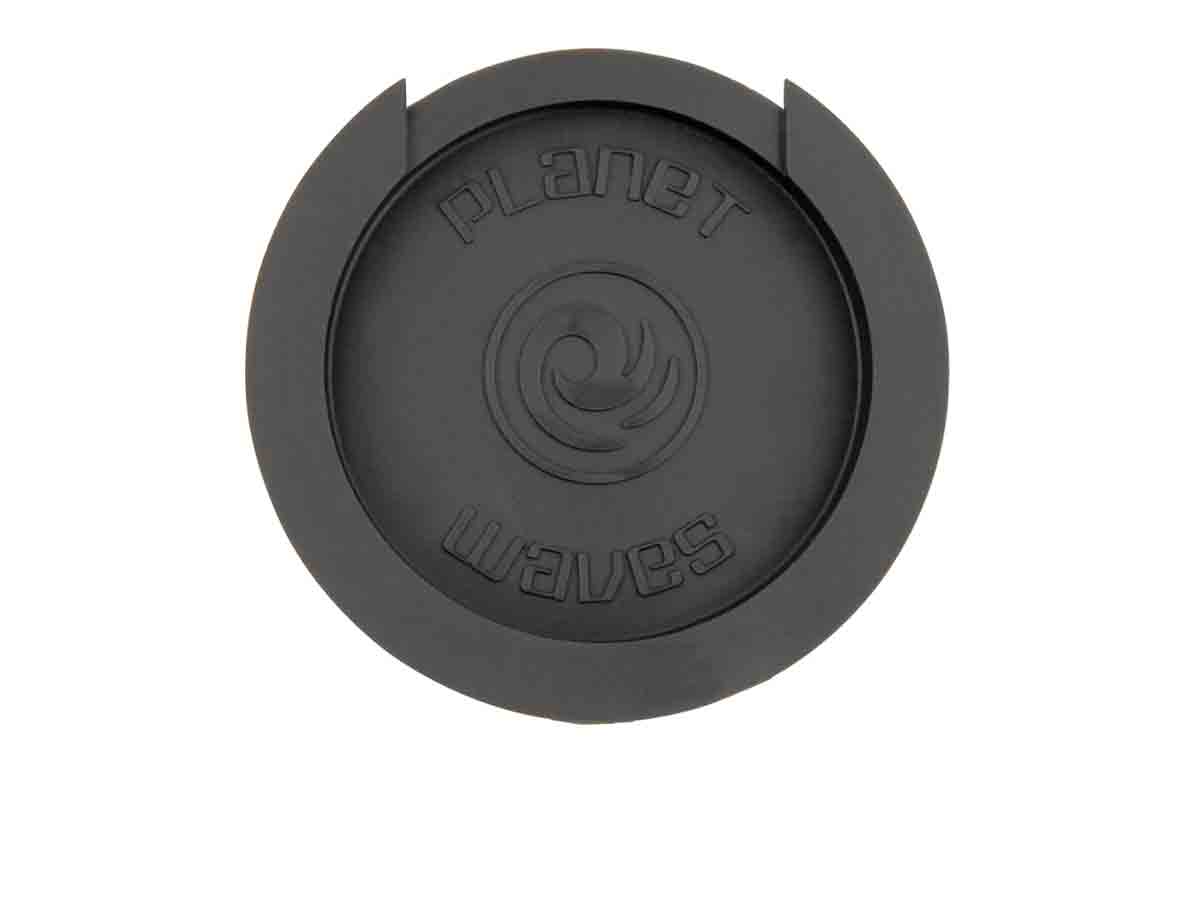8 tips for gigging with a nylon-string guitar
Essential advice for playing live

Talk to the engineer
So you have your nylon-string guitar and you want to go gigging? Here’s some advice and tips that will help you on your way. Starting with...
Talk to the engineer
If your nylon-string guitar already has a pickup/preamp system installed, then you can just plug into the PA and trust the sound engineer to amplify your sound and provide some monitoring.
It’s worth having a chat with the engineer, however - as politely as you possibly can! - as more often than not in our experience, they’ll EQ any acoustic as if it were a steel-string: scoop the mids, enhance the highs and balance the bass. The nylon-string really needs a fuller lower midrange and less high-end crispness.
Also, If you’re using any kind of percussive right-hand technique, again let the engineer know what you’re going to do and discuss compression: be careful not to over-compress as the wide dynamic range is all part of the nylon-string’s appeal.
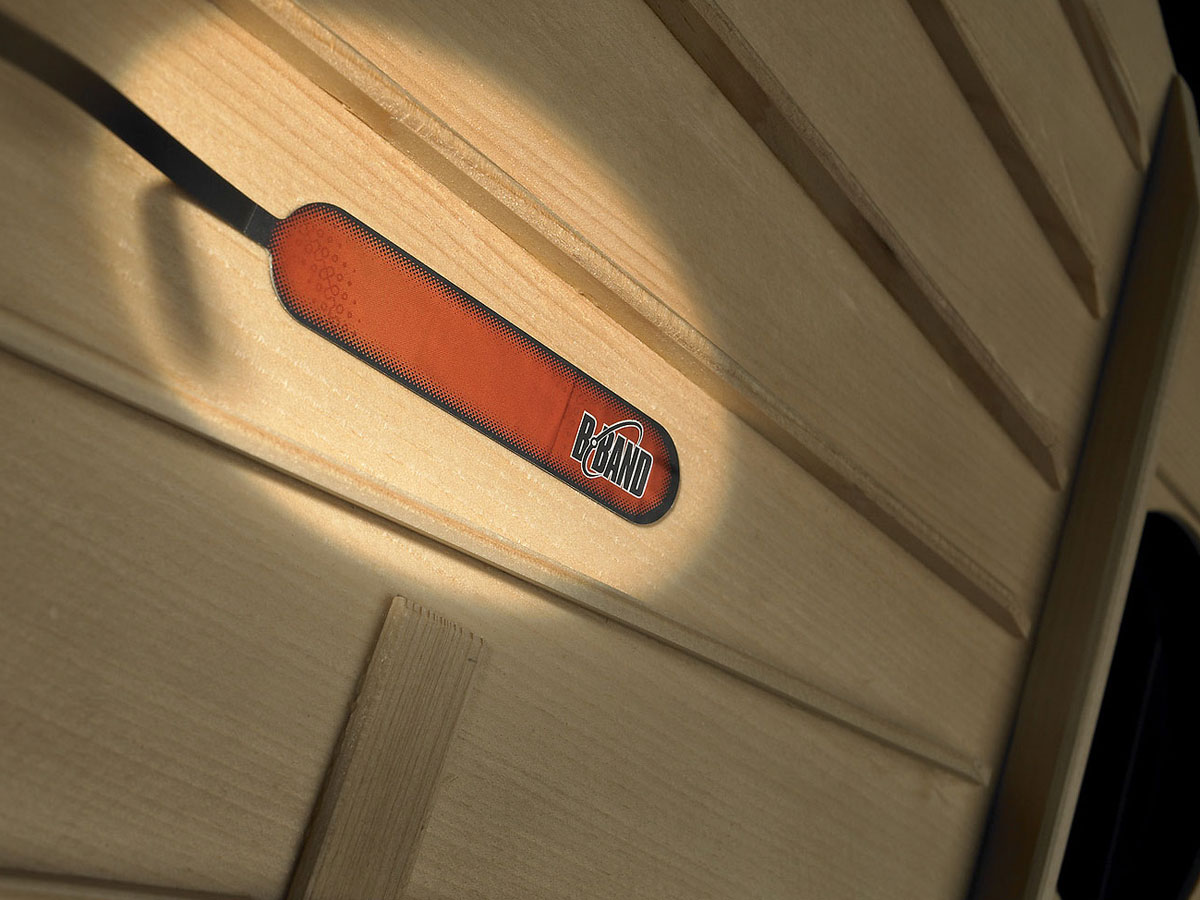
Piezo or contact?
The ubiquitous piezo under-saddle pickup, as fitted to most mid-priced nylon electros, are far more forgiving on nylon-strings than steel and less prone to the dreaded piezo quack. It’s also the best pickup in terms of feedback rejection.
If you’re playing in lower level environments, however, there are numerous contact pickups/ soundboard transducers that can be relatively easy to fit yourself and should give you a more natural sound.
LR Baggs Lyric Classical, B-Band's AST soundboard transducer (pictured) and K&K’s Pure Classic are good places to start.
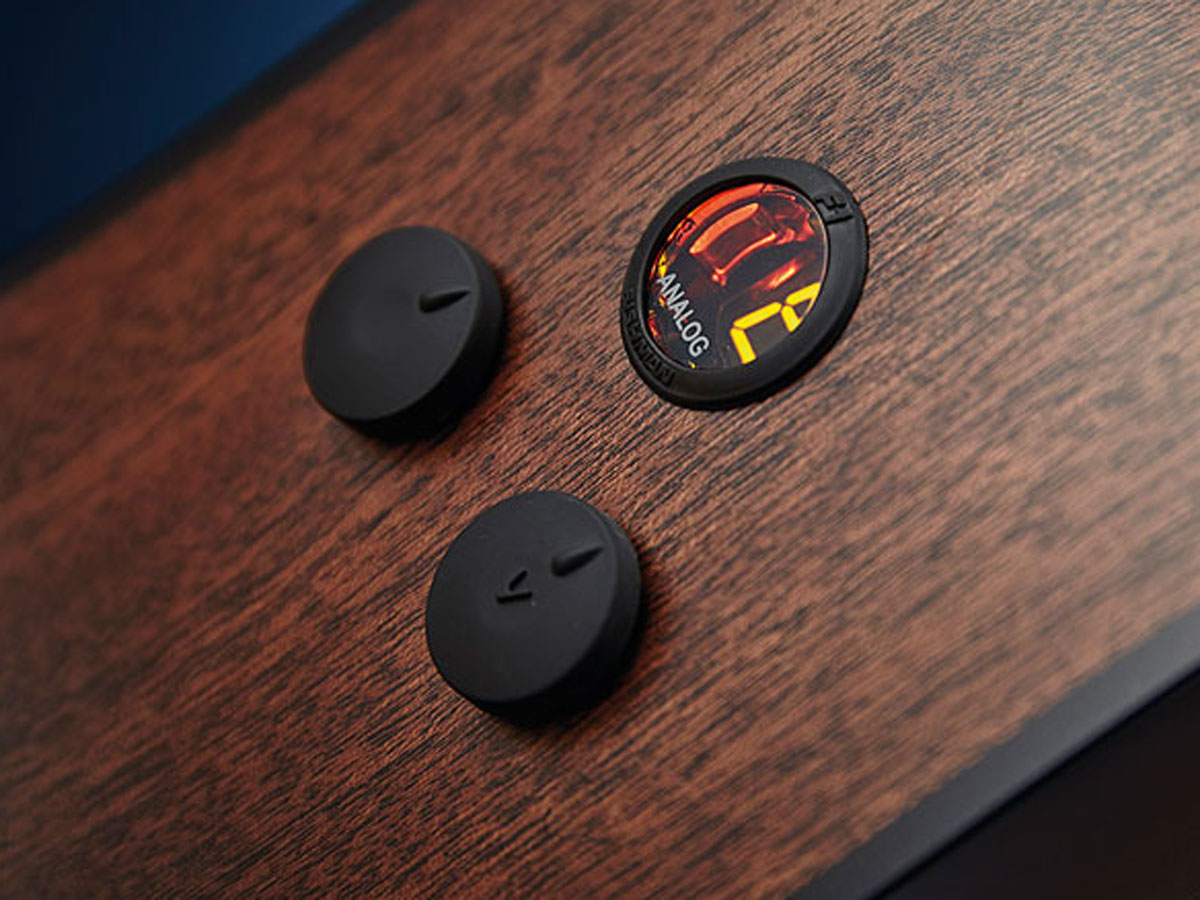
Tuning is everything
Bear in mind that nylon-string guitars tend to take a lot longer to ‘settle’ than a regular steel-string acoustic guitar would.
Make sure that you have a reliable tuner either built-in to your guitar’s preamp, on the floor, or clipped to the headstock. With new-ish strings you’ll need to check your tuning after every number.
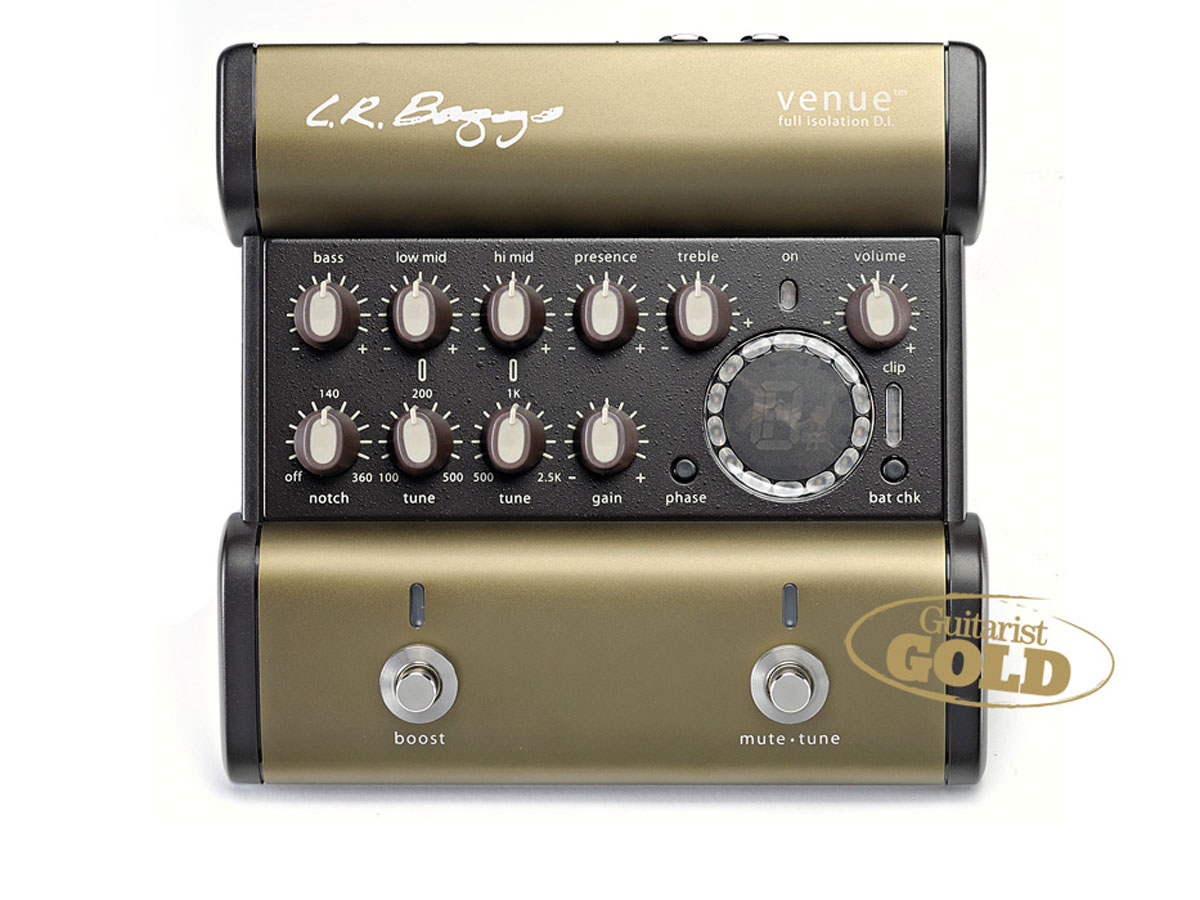
Consider a preamp
Onboard guitar systems are often rudimentary, especially on lower-end guitars, so an outboard preamp can be a good idea.
There aren’t any mainstream outboard preamps specifically for nylon string, but the LR Baggs Venue DI is a very well spec’d preamp that works for nylon as well as steel with its dual midrange EQ, XLR out, effects loop a highly visible tuner/mute that’s footswitchable along with a footswitchable solo boost.
It also has a notch filter and phase switch to combat feedback and it runs off both a mains adapter or a battery - ideal for those open-mic slots where quick set-up times are essential. Radial’s Tonebone PZ-Pre and RMI’s Acoustiswitch IQ DI are also great preamp pedals.
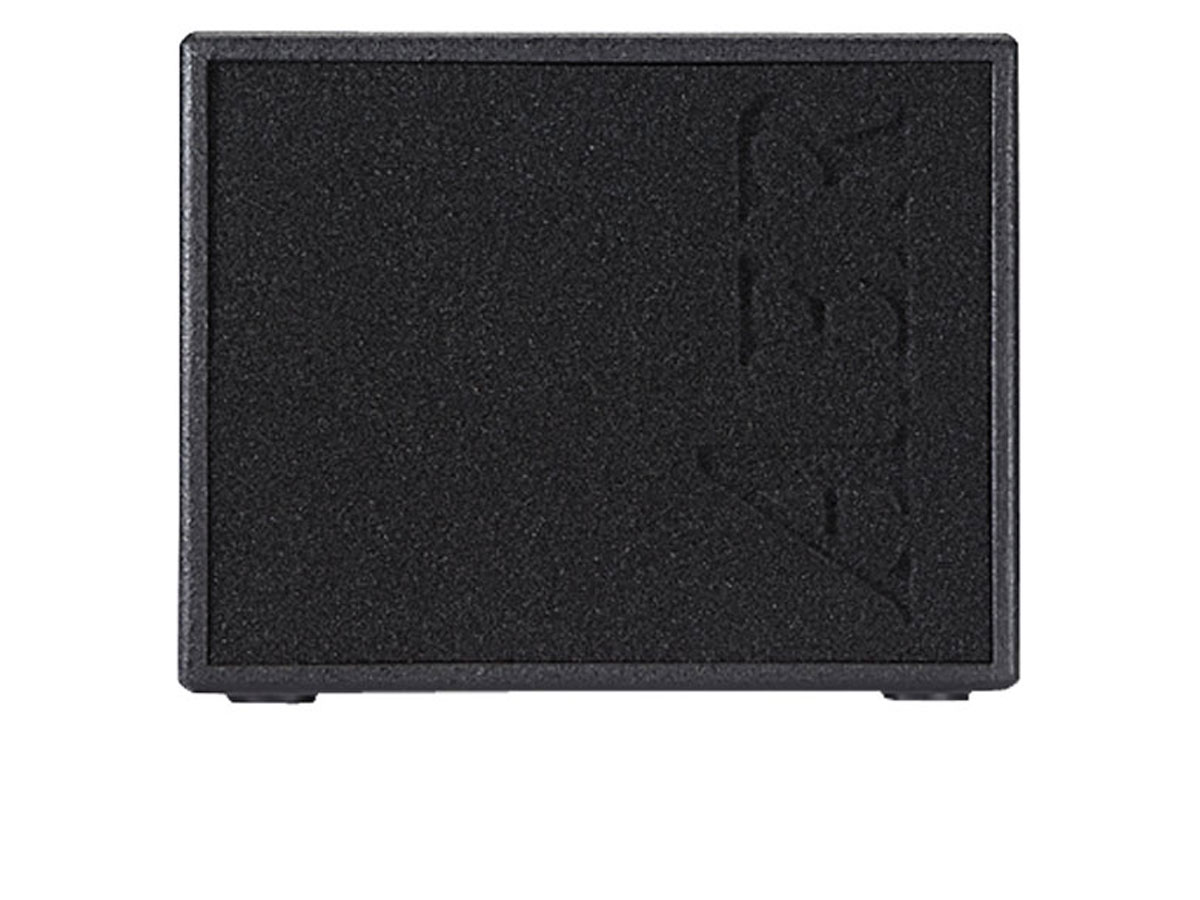
Try an acoustic amp
AER’s Compact Classic Pro is one of the few nylon-string-specific acoustic amplifiers, although most acoustic amps - with the above EQ thoughts in mind - should work perfectly well.
The beauty of an acoustic amp is that you can use it to shape your sound, perhaps with effects, and just take, if necessary, an output to the PA which can be left relatively flat. Your amp acts as a vital on-stage monitor too.
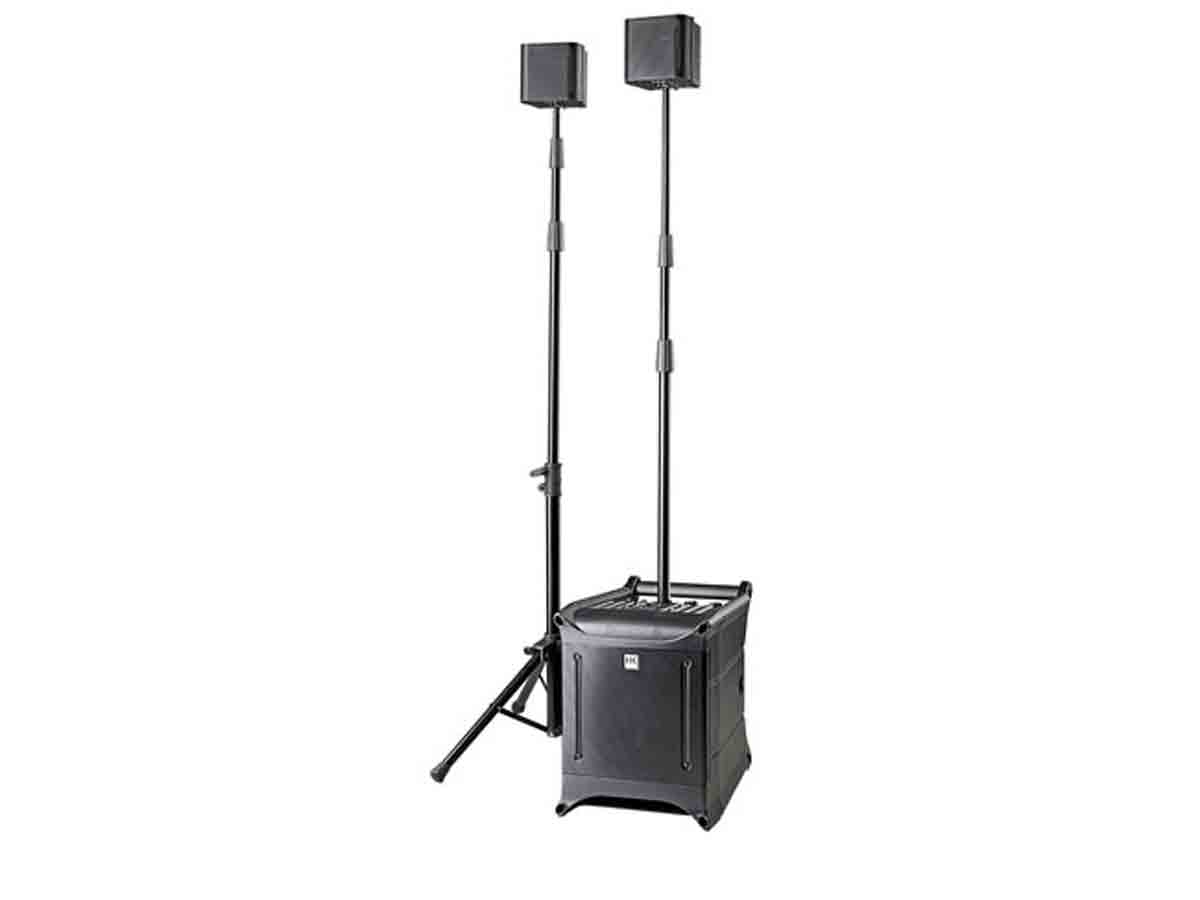
More than an amp?
For solo and small ensemble players, the new generation of ‘personal’ vertical PAs can be highly effective for guitar and/or voice.
From Bose’s L1 Compact, Fishman’s SA220 SoloAmp, HK Audio’s Lucas Nano 300 and the new Fender Expo System, to Line 6’s StageSource, the line between acoustic amplification and PA is getting very blurred.
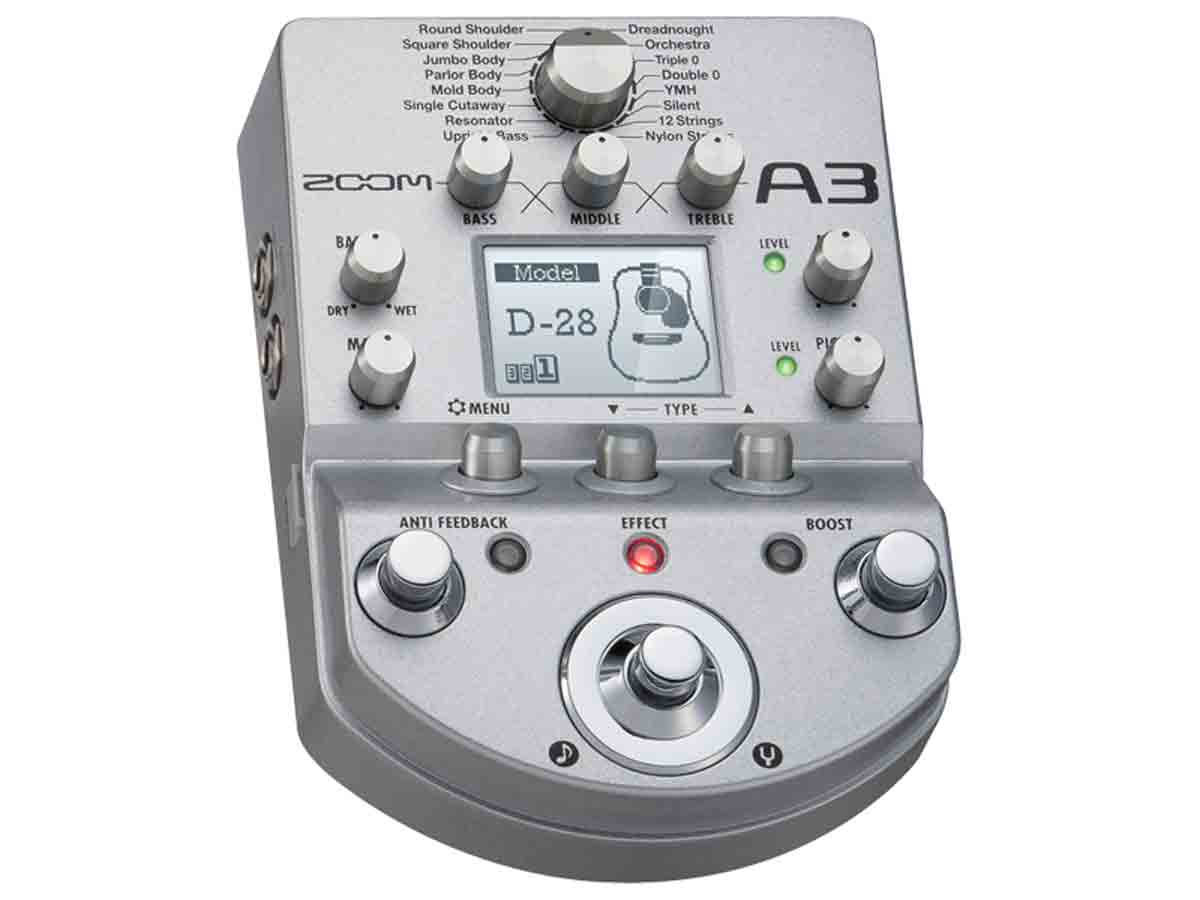
Get yourself effected
Acoustic guitar players are poorly served by effects. Okay, nylon-strings with overdrives and flanger might be a bit much, but compression, EQ, reverb and a soupçon of delay can be a godsend.
TC Electronic’s G-Natural is a powerful multi- effects aimed at acoustic players, which has all of the above and more in a very pro- spec, rugged package.
Zoom’s A3 (pictured) preamp and effects for acoustic guitar is highly spec’d and more affordable, too. Of course, single compact effects can be as viable for your nylon string as they are for steel or electric players; likewise loopers.
Dave Burrluck is one of the world’s most experienced guitar journalists, who started writing back in the '80s for International Musician and Recording World, co-founded The Guitar Magazine and has been the Gear Reviews Editor of Guitarist magazine for the past two decades. Along the way, Dave has been the sole author of The PRS Guitar Book and The Player's Guide to Guitar Maintenance as well as contributing to numerous other books on the electric guitar. Dave is an active gigging and recording musician and still finds time to make, repair and mod guitars, not least for Guitarist’s The Mod Squad.
